
At some point I would like to discuss some ideas I have about the meaning of Titians work for Alfonso d’Este of Ferrara’s Camerino. With a growing interest in pictorial narrative, however, I would like to initially consider one of the works in the cycle, and its construction of narrative. That painting is the National Gallery saturated gem, ‘Bacchus and Ariadne’. In doing this I am finally fulfilling my promise to continue from Andy’s observations on the same work a few weeks ago.
The painting is the second of three works Titian painted for the patron’s studiola. As with all the others the commission was given to Titian due to another misfortune. Raphael had already completed a sketch for ‘The Indian Triumph of Bacchus’ but unfortunately pontificated and then died in 1520. As such Titian was handed the job. Documentation suggests the work was delivered and then completed on site in January 1523. This remains likely despite some convincing scholarly speculation that ‘The Bacchanal of the Andrians’ came before.
The National’s squarish masterpiece draws inspiration from a hybrid of literary sources. With extracts from Cattullus and Ovid its primary inspiration. The Camerino was supposed to be a contemporary equivalent to the kind of picture gallery described by the ancient writer Philostratus. Specific translations seem to come from Battista Guarino, in an edition dedicated to Alfonso. The Ovidian sources are ‘Fasti’ and ‘Ars Amatoria.’
Cattallus’ text informs the painting in its description of Thetis and Ariadne’s love, his subsequent sea bound departure and her grief. Ovid’s Ars Amatoria describes the tumult of Bachhus and his followers returning triumphantly from India. Also describes the dramatic confrontation between Ariande and Bacchus, which results in his proposal and their embrace, with Ariadne being transformed, through divine love, from a mortal into an eternal constellation of stars.
The problem that Titian is presented with is finding a way to draw the various strains of the complex plot together into one coherent singular moment, seen from one angle. The manner in which he does this is the works outstanding feature. Aspects such as its brilliant colouristic devices are subordinate to such genius.
If we consider various elements of the work than we can see how Titian resolves the equation and points the way forward to the poetic brilliance of his later ‘poesie’.
The central female character, Ariadne, is pushed up to the far left of the picture plane. She occupies her own blue vertical rectangle. Within this space both her past and future are suggested. A pre narrative is present in Thetis’ boat, on the horizon, as suggested by Ridolfi and a post narrative implied by the constellation of stars; her earthly misery and her divine fate. Colouration and pose indicate the temporal flow. Her twisting body, highly Raphaelesque, enhanced by the twisting drapery, suggests that her spinning movement through space relates to the narrative movement through time. From looking out to sea and longing for the departed Thetis to her awareness and magnetic connection to the arriving Bacchus, past sadness and future happiness. The rise of fall of a mortal heart reduced to one graceful spin. His ability to relate figural movement to narrative and emotive events is as sophisticated as anything I have seen in central Italian art of the period. It is matched by a colouristic play, where the blue of her dress reflects the colour of both the sea and the sky, which provide the context to her past and future, the boat of Thetis and the Cretan crown into which she will transcend and transform. The formal properties of the vibrant blue are harnessed for poignant theatrical effect.
Beyond Ariadne the painting is significantly effected by the role of the supporting cast. The sense of the returning party of followers is created with specific references to the text. The noise- the thrill clang of their semi circular symbols, the figures twining their waists with belts of writhing snakes. The life and energy of the crowd is imbued with a forward momentum from right to left, with pointing arms, thrusting legs and flowing drapery. They seem to throb with noise yet it remains as inaudible to our ears as the activities of gods should be. This explains why Ariadne has not heard them and the moment of her realisation is as plausibly sudden as her pose suggests.
The horizontal energy points to Ariadne and pushes her to the edge. From right to left, however, the pace of the followers seems to slow from right to left, until it reaches the full stop of the outward looking putti and is counterbalanced by the opposing direction of the small dog. As we move through space, from right to left, we move through narrative time. From the celebration through the forest, to arrival. The reduction of speed echoing the narrative shift and the arrival at the key dramatic moment. The satyr-putti looks out as to say, we have arrived, this is the defining moment, rest here. This device allows Titian to invest the moment with its direct past context without providing a distraction from the main event.
That main event is entred around the iconic leap of Bacchus. This central action is the crux around which the rest of the painting and plot unfolds. His leap separates him from his followers, which arrests Ariadnes attention from sea bound melancholy, which leads to their embrace and her divine fate. Titian harnesses the actions to bring the separate narrative elements together.
His movement; his trailing leg, arms and drapery remember the space he has moved through. Vertical and horizontal vectors are created by the repeated arched shape of his legs and arms, point upwards and across, indicating the energy of his leap.
His front leg draws a vertical divide over which the rest of his body is perfectly balanced. His position just of centre, the horizontal clouds in the sky and his magnetic gaze all contribute to the forward going energy. His body led by the vision of Ariande on which his eyes are locked.
The two cheetahs, a nod to the menagerie of Alfonso, bridge the gap between the two figures, thus describing and intensifying the space between them.
The reconstruction is not narrative. A series of key moments are quoted to invest the dramatic moment with a context, its history and destiny, its beginning and end. Each serves and intensifies the central drama. This is not a narrative progression between sequential parts. Complex dynamics are resolved by the balance of formal properties. This is not an epideictic illustration of text. It combines an array of literary sources to create a totally pictorial drama. The poetry, emotions and romance are all formed by exclusively visual means. Crucially the various moments are united by one central dramatic gesture. In finding a pure pictorial solution Titian’s work finds some autonomy from its literary sources. It thus looks forward to the equally brilliant Venus and Adonis.


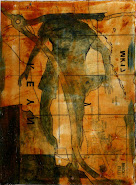

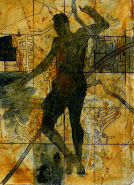

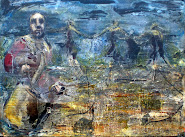

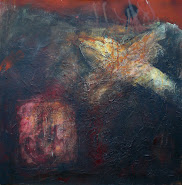

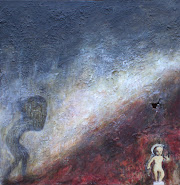

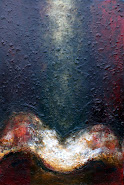

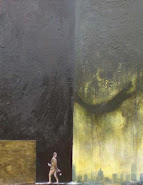



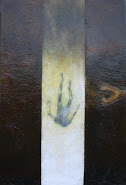





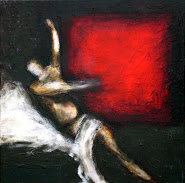


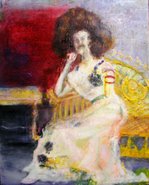
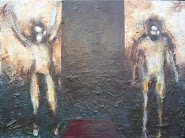


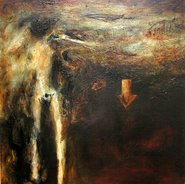
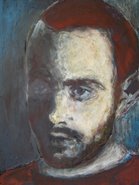
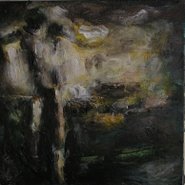
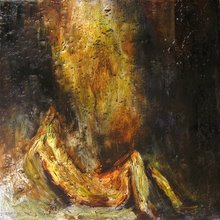
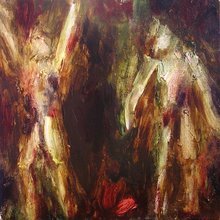
4 comments:
[url=http://amoxicilline.webs.com/]acheter amoxicillin en ligne
[/url][url=http://acheter-amoxicilline.webs.com/]amoxicilline dosage
[/url] amoxicillin online uk
agram occasion
agram fendeuse
[url=http://cyclosporine.webs.com]neoral sandimmun scheda tecnica
[/url] purchasing Optimmune online
sandimmun koncentration
cyclosporine online no prescription
[url=http://buy-methylprednisolone.webspawner.com/]methylprednisolone for copd
[/url] buy neo medrol acne lotion uk
medrol dosepak migraine
purchasing Methylprednisolone 4 mg
http://biaxin-buy.webs.com/ buy clarithromycin online uk
http://sustiva-efavirenz.webs.com/ purchase Generic Sustiva 600 mg
http://asacol-mesalamine.webs.com/ asacol 800 mg pris
http://www.freewebs.com/pentasa-mesalamine/ buy asacol online
Post a Comment